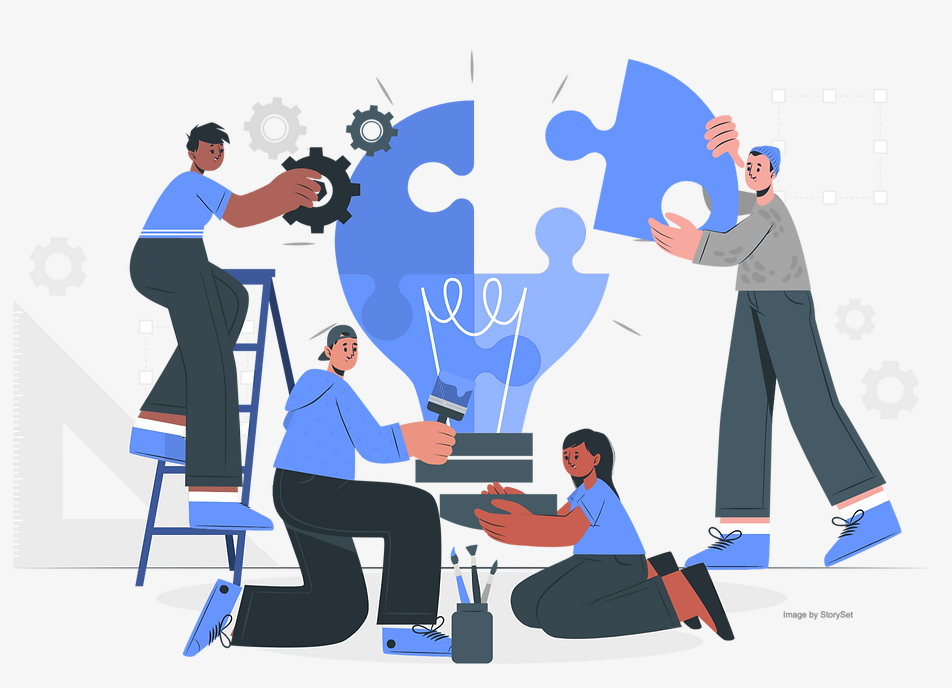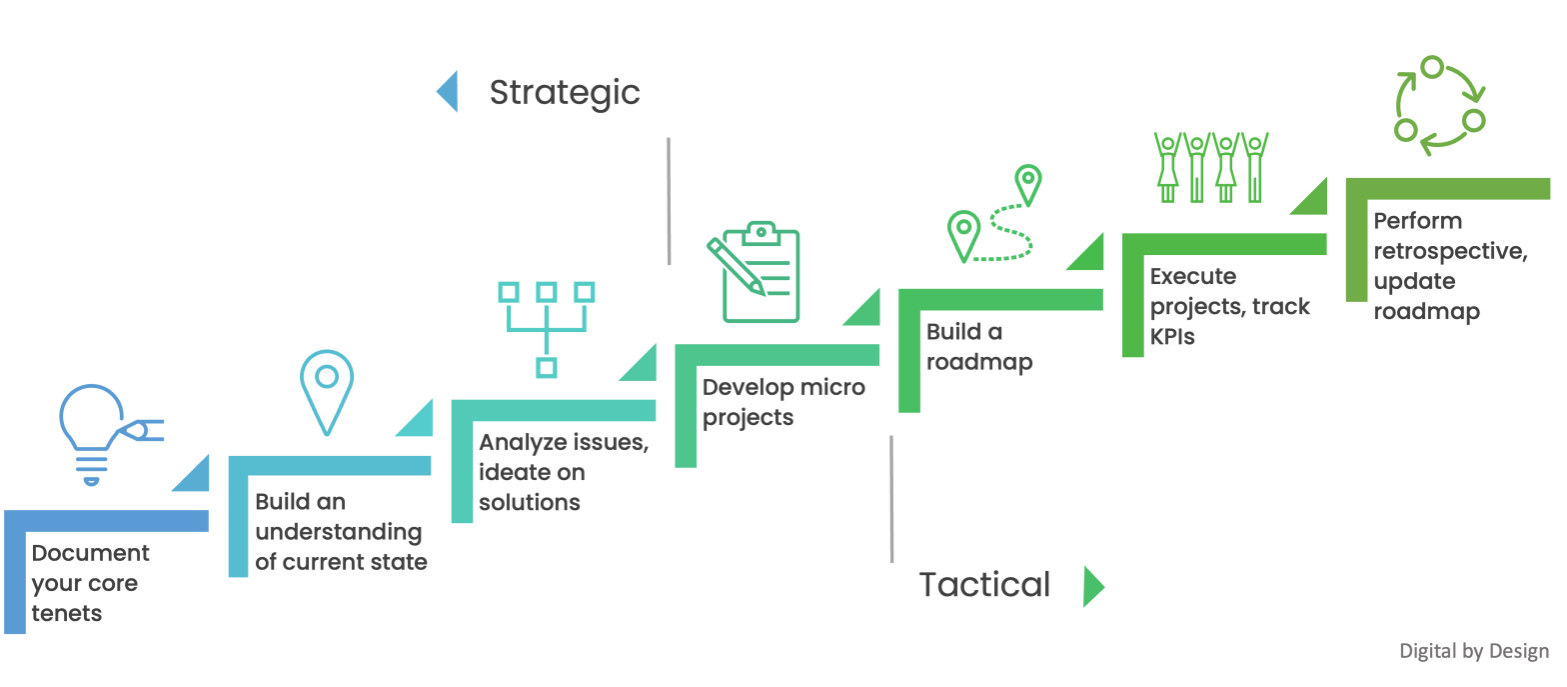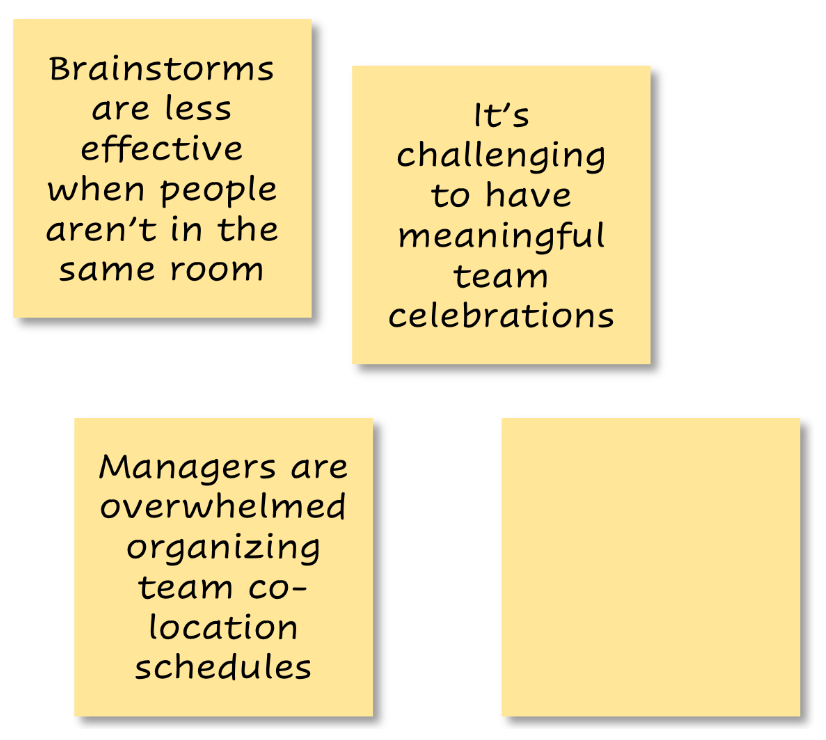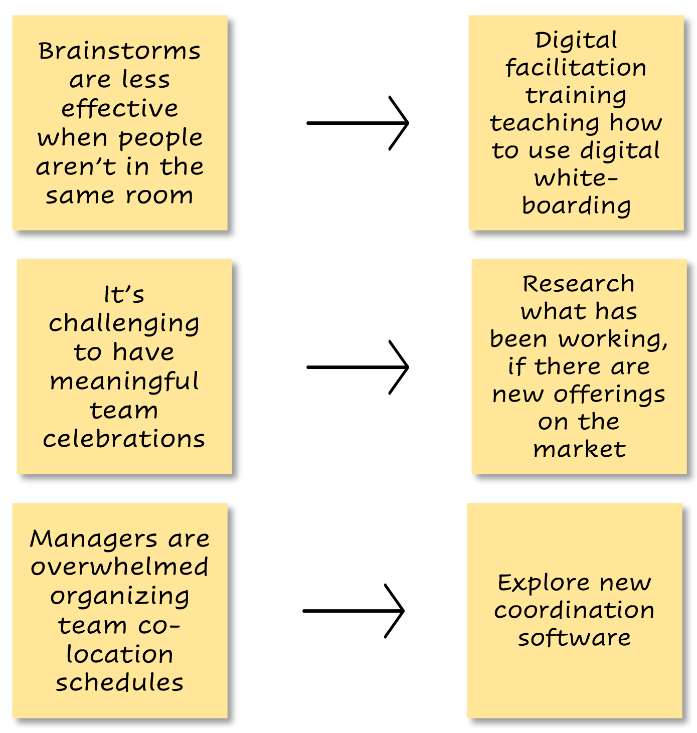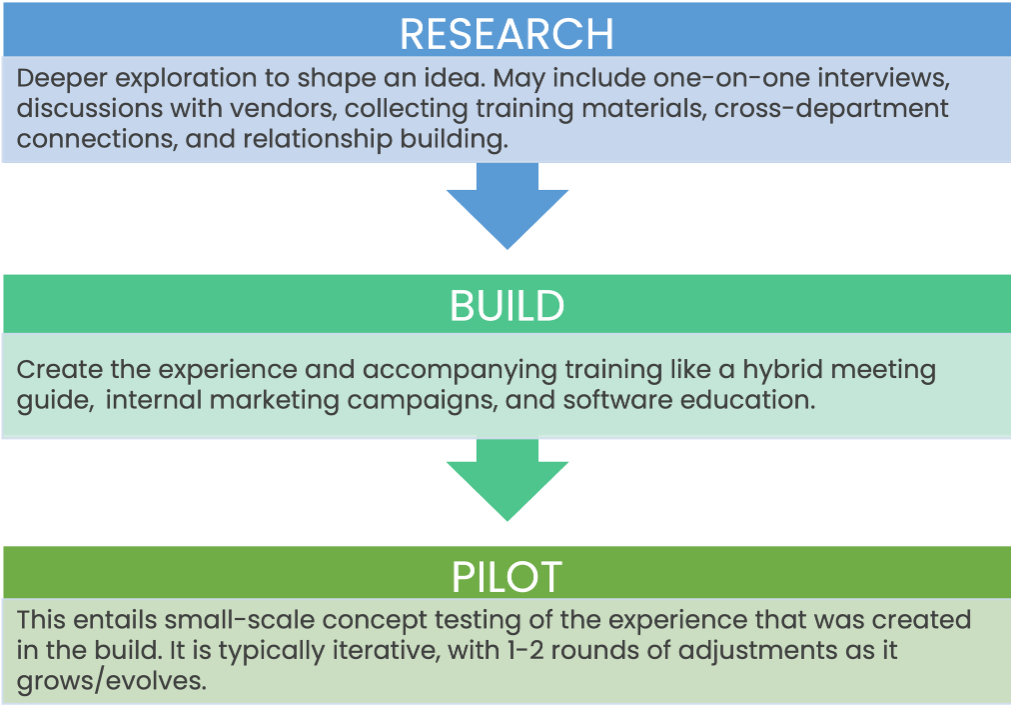7 Steps to the Best Technology Experience in Hybrid
Can you live without your smartphone? Maybe, but it’d be painful. The GPS capability alone has made it almost a necessity.
But do you think your smartphone prompts your best behavior and interactions with the physical and digital world around you? I constantly catch myself checking texts and Slack, losing my focus and reducing my productivity.
I’ll open emails from my phone at unnecessary times—on weekends and late at night. And what about Zoom? I’d be shocked if you haven’t experienced Zoom fatigue and the burden of being “on” for endless video calls.
This said, I’m an optimist and believer in technology for good. What’s at stake can be turned into a movement for business growth and talent development. This is our moment to make technology a business enabler versus allowing new technology to dictate our well-being, culture, and ability to innovate. But the enormity of the task at hand is daunting, and people are stretched thin and exhausted. Where to begin?
Over the past several years, I’ve developed the following 7-step methodology to guide leaders through the technology enablement process. As your organization learns and decides where to invest and focus, this methodology can help you with managerial training, culture, work practices, facilities buildouts, and more.
Ready to get started? Just want to chat and learn more? Email me - I’m here to help!
Digital Enablement Methodology for Hybrid
A 7-step method for implementing hybrid tech
1. Document your core tenets
What is your gut sense of the mission to reinvent work? What is urgent and vital? Think about what your employees are telling you, what you’re reading in the news, leadership imperatives, and societal aspirations. Use what you know now and gather input, so it’s as holistic as possible.
Note that this isn’t about technology at all. It’s about employee and business outcomes.
To get technology to work for you, you must first define what you want from it.
In a recent webinar I attended hosted by Kettle OS co-founder Nick Iovacchini, he articulated these outcomes in a way that aligned with the opportunities I see before me. Here’s a list, inspired by the KettleOS presentation, of possible results you may be seeking:
2. Build an understanding of the current state
You’re not building a hybrid experience from scratch. Use that to your advantage. Your organization has tools like email and video conference software in place. Your people have two years of remote work experience. You undoubtedly have pockets of work progressing across your company to support a hybrid workplace.
Take stock of where your organization is in the journey. Also, highlight what needs to be unique for your culture and people to thrive. Here are some ideas:
Carry out surveys, one-on-one interviews and focus groups to ensure you understand the way employees collaborate, meet, and interact to get work done (read Anna Izraylevich’s, “Want to Build a Connected Digital Workplace? Listen to Your Employees” for more context).
Review engagement analytics for intranet and similar communication hubs
Identify available and in-development training to support hybrid work
Perform a work enablement analysis (collaboration software, home, office desk, and conference room hardware)
Scan your organization for significant internal projects (planned or inflight) that could create dependencies or have implications on your proposed ideas
3. Analyze issues, ideate on solutions
This exercise can seem daunting. There’s a mountain of work to be done, and each issue feels urgent. Furthermore, experts in your company who drive critical initiatives in workplace services, HR, and IT are probably exhausted.
Remember, you’re just in the brainstorming phase—the discussion of who will do the work (and their capacity) is addressed later. Also, make it clear that this is a journey, and you will work in tranches, starting with manageable, small-scale efforts.
Start by documenting any pain points from your interviews, gaps uncovered, and potential to accelerate projects already in flight. Categorize improvements and benefits where you’ll see the results. The buckets I like to use are Culture, Spaces, Skills, Managing/Leading, and Work Design, based on this model from Gartner.
Notice that there isn’t a category for technology. We identify the employee and business outcomes to support and enable, so we’re solving the most pressing business problems. Some pain points may fit in two categories or more (hint: most of the challenges reflect the need for a cross-functional solution). For the time being, categorize them under the primary issue.
Document your pain points
Then, begin brainstorming solutions that address your pain points. Spend time working synchronously and asynchronously to get all the ideas down. (I’ve used tools like Miro or Mural to facilitate ideation, but this could even be as low-tech as sharing a PowerPoint file and treating it like a canvas.)
Brainstorm ways to address each pain point
4. Develop micro-projects
Congratulations! You have a list of potential solutions—many of which you’re excited about. But maybe you have limited resources and a tired workforce? Don’t go all-in just yet. Break these solutions down into thoughtful and small “micro-projects.” Just enough to prove value and give you the evidence and talking points for full-time resources and investment.
After you’ve spoken to your people and invested time in documenting and understanding the pain points above, you and your team will be able to articulate an employee-centric case for the projects you want to prioritize. It could be as simple as charting these on the axis of Complexity and Value. Both are relative terms, but the first projects to tackle are typically evident in these early stages.
For example, a short video on facilitation could be helpful as a lower effort, and medium/high-value exercise. This could help gauge interest and in-house expertise before bringing in an external vendor to design a series of facilitation boot camps.
5. Build a roadmap organized into sprints
Next, create your first hybrid experimentation portfolio—a set of pilot projects that can be achieved in a 3-4 month timeframe (what I refer to as a sprint). This is the perfect cadence for several reasons:
Stakeholders and executives see tangible outcomes, creating buy-in and support.
Employees recognize that the organization is listening and responding, showing that they are valued.
Project managers have executable goals and can design their timeline within the sprint window, giving them the ability to focus resources.
This intentional delivery structure moves your organization out of fire drill mode and into a proactive, deliberate design phase. To ensure diversity in your experimentation portfolio and your ability to complete them, evaluate your project set from different angles. Here are a few examples:
Which core tenets does the work support?
What is the “T-shirt size” of the effort (rough estimate of scope and resources)? You can’t run 4 XXL projects simultaneously.
Is this a quick win or building on a long-term journey? You want to show results early to garner support for longer-term efforts that require investment. Make sure your portfolio is an equal mix.
What degree of cross-functional coordination is required?
Do you have in-house expertise available, or can you acquire it in the timeframe needed?
Does this intersect with, or can it augment, an initiative already underway? It is a win-win if you can help support an effort that already has executive support aligned with existing strategies.
Your projects will probably fall into one of these three phases:
6. Execute projects, track KPIs
Given the strain on your workforce, I’d recommend securing a small amount of funding to use vendors as much as possible. Have a project lead who is part of your company and an expert in the area, and have them guide the vendors to create the experience, product, training, etc.
Three or four months will go by quickly. And you’ll probably spend at least two months setting up the project, creating materials, etc. That’s why it’s important to establish success measures alongside the project scope. In other words, what has to be true when the project is finished? Iterative experimentation is only practical if everyone involved knows what “done” and “successful” look like.
Too often, our incentives are to spin a story of success and completion. But that’s not helpful. We must openly discuss why a project didn’t reach completion (rarely is this for lack of effort), dig into the blockers, and help the next project succeed. The same goes for the KPIs— investigating why we didn’t meet them is as valuable as completing them.
Examples of KPIs to track on your projects:
Engagement - site visits, video views, shares, # opt-ins, # pilot participants
Experience feedback - hybrid meeting satisfaction rating (via in-office QR code), support tickets (topics and quantity)
Well-being - # emails sent on weekends/after hours, # of meetings per person, # of after-hours chats
7. Perform a retrospective, update the roadmap
A “retrospective” is simply a highly collaborative working session with project leads. It’s a great time to debrief on what went well and what was challenging. It could be communication with a vendor, difficulty getting the word out, attracting volunteers, tracking a particular KPI, etc.
Given the interrelated ecosystem of what you’re doing and the experimentation mindset, project leads can learn a lot from each other. It’s also an opportunity to begin building your sprint project portfolio. Some projects will have a natural progression of development, others will stop after the research, while others may be replaced with something more urgent.
Remember to keep feeding your list of potential projects through employee surveys, stakeholder conversations, external benchmarking, and in-progress projects. As you complete more and more sprints, you’ll see fellow leadership and employees taking note. Plus, you’ll gain confidence with each strategic stride.
With a deliberate and iterative approach to digital enablement, you’ll be in a better position to reach your organization’s goals and build a better hybrid experience—for your team, your business, and your clients.
Need help figuring out your digital enablement strategy? Want to discuss your journey and ask questions? I’d love to help!


